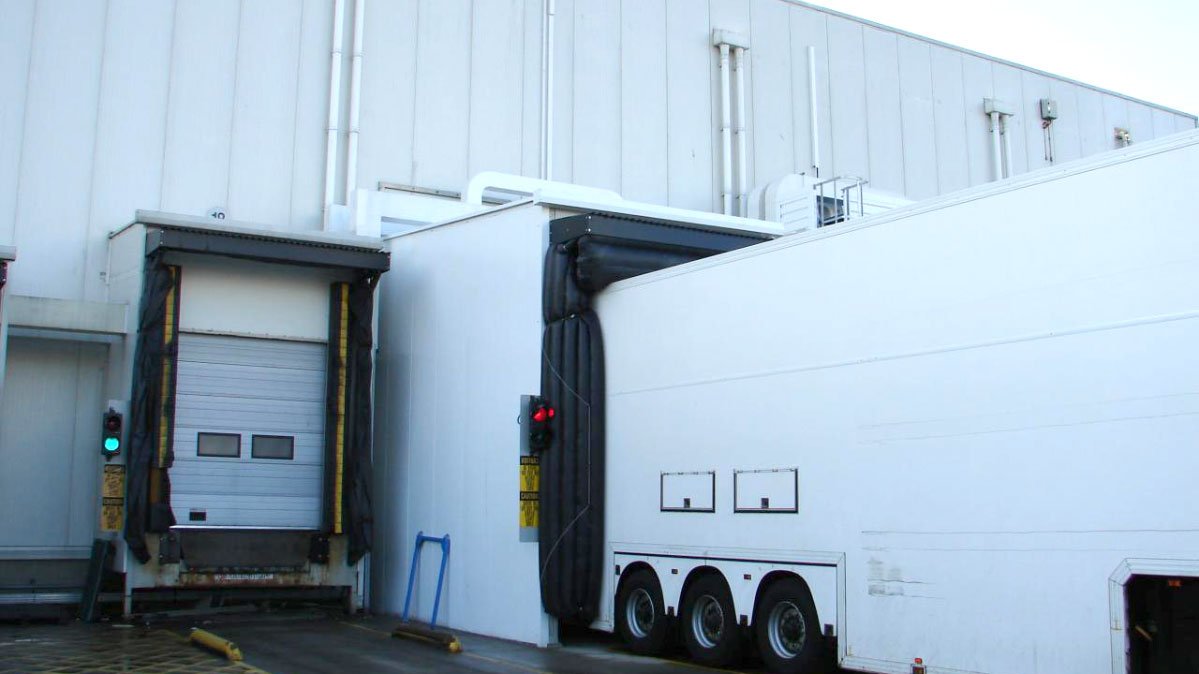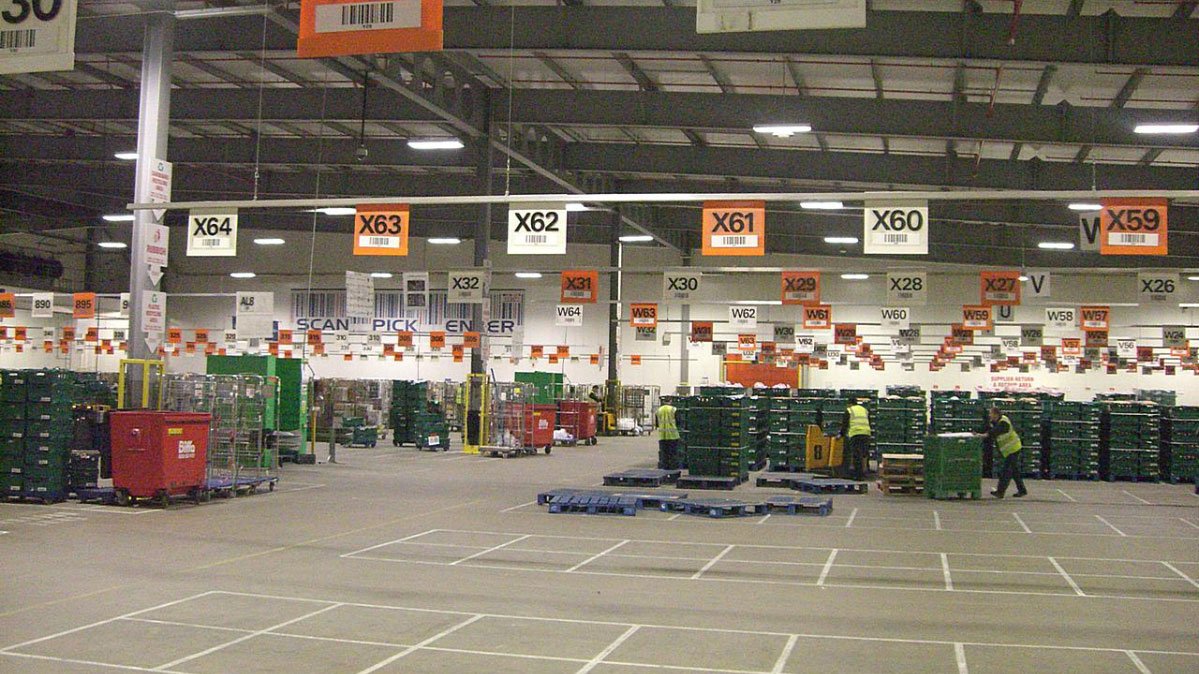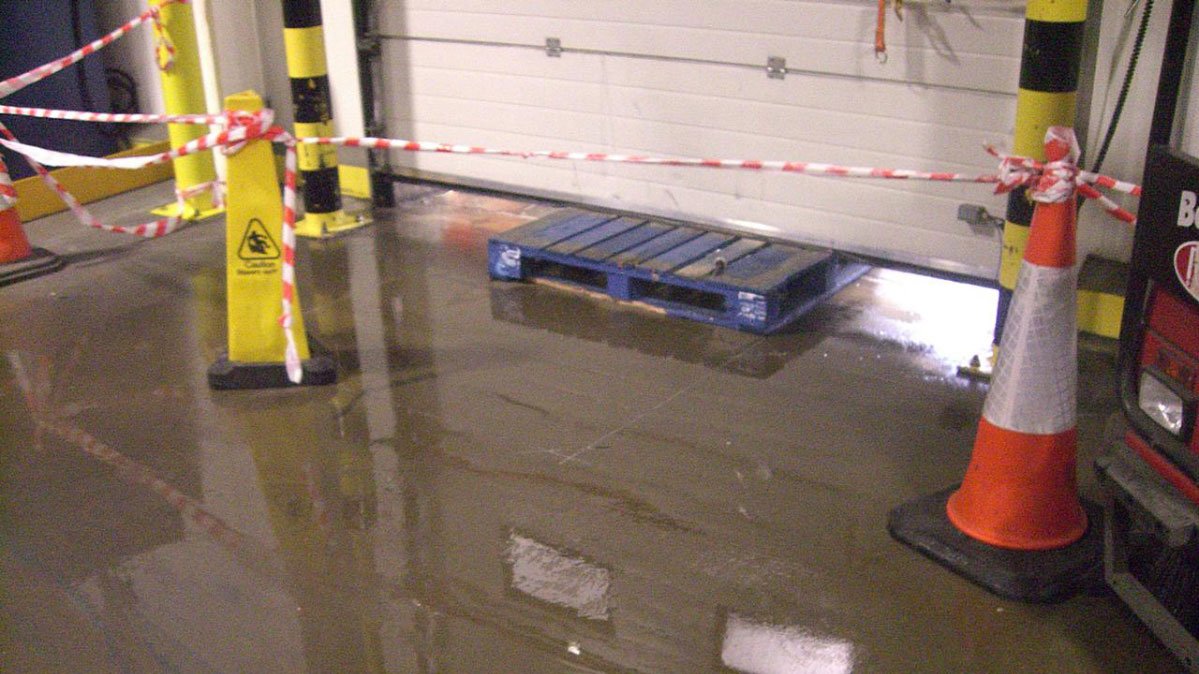Winning Solutions to Enhance Cooling System Efficiency
How to enhance the efficiency of new and existing cooling systems
Author
Dr Robert Lamb
Group Sales & Marketing Manager
Sectors
Temperature Controlled Storage & Distribution
Food Manufacturing
Dr Robert Lamb
Group Sales & Marketing Manager
Temperature Controlled Storage & Distribution
Food Manufacturing
Enhancing The Efficiency of New and Existing Cooling Systems – A Win Win Solution
The efficiency of a company’s refrigeration system has a direct effect on environmental and financial performance. This should be in every end-users mind when selecting and operating cooling equipment.
Environmental Impact
Cooling systems have a direct and indirect effect on global warming. Leakage can contribute directly, as many refrigerants have global warming potentials which are several thousand times more potent than CO₂. The electrical energy consumed by a cooling system when running compressors, fans, pumps, etc, indirectly contributes to the CO₂ emissions that are produced during power generation. Enhancing efficiency and preventing leaks through careful plant selection, system improvements and ongoing maintenance help to lower CO₂ emissions.

Keep the ambient air where it belongs – outdoors
Financial Impact
Energy consumed during refrigeration plant operation and ongoing aftercare costs typically amounts to 80% to 85% of a plant’s total life cycle cost, with just 15% attributed to the initial capital investment. All too often, companies focus on obtaining the lowest prices for capital equipment or aftercare services to the detriment of long term efficiency and reliability. With energy costs set to rise by 40% to 50% over the next 10 years, the benefits associated with refocusing on life cycle costs are more important than ever. Those who do will reap the benefits of greater long term profitability.
Increasing cooling system efficiency
When designing new systems or looking at ways to improve the efficiency of existing installations, there are some key things to consider:
Cooling Load
There are numerous factors which introduce energy in the form of sensible and latent heat into buildings, chambers or process cooling equipment. These include:
Let’s look at some ideas for reducing the incoming load and improving efficiency:
Door Control
Poor door control is a major source of air and moisture ingress into a refrigerated chamber. Poor seal around a refrigerated lorry or a damaged door allows warm ambient air to flow into a refrigerated space. For a chilled facility at +2°C on a warm, humid day, where the ambient air is +32°C and 70% RH, air entering the building and being cooled to the +2°C condition requires around 100kJ/m3 of heat extraction.
This corresponds to 100kW of energy per 1m3 of air entering the store. Assuming it is an efficient cooling system with a CoP of 3, this means 33kW of electrical energy is required to remove this heat – and at 6p/kWhr, this equates to a running cost of over £48 per day. This excludes the additional load from defrosting! The load and operating cost would increase by a further 40% if the chamber was at -25°C (i.e. a freezer). This demonstrates the importance of good door control.
Lighting
This is a continuous load for many buildings, including offices and warehouses. The heat omitted by lighting enters the room and is then extracted by the cooling equipment. This is a double penalty, as you are not only paying for the lighting electricity, but also the refrigeration or air conditioning power to remove the heat. The development of LED lighting and intelligent control began in offices, homes and other ambient temperature facilities, reducing lighting load through lower energy bulbs, but also the use of intelligent lighting control which switches lights off when areas are unoccupied. More recently, this technology has been implemented in temperature controlled warehouses, particularly cold storage facilities. Switching from traditional cold store lighting to LEDs can reduce lighting power by 80% – and with intelligent control, the annual saving can be as high as 85% and 90%. The reduction in lighting power requirements has the added benefit of lowering load on the refrigeration plant. For a typical cold store, every 2kW saving in lighting energy reduces the refrigeration plant power consumption by 1kW.

LEDs – The brighter lighting choice

An example of poor door control
Free Cooling
It is also important to look at ambient temperature, and whether cooling can be achieved during cooler parts of using outside air. This is possible where the temperature of the room/chamber or fluid being cooled is relatively high compared to ambient. Average UK temperatures for a quarter of the year are below 10°C, and less than 15°C for half of the year. Through careful selection of air handling equipment, it is possible to use free cooling where room temperatures are above 15°C (e.g. office and ambient warehouses). It is also possible to avoid the need for mechanical cooling for high water temperature applications, including data centres.
Defrosting
This is necessary when operating air coolers at low temperatures close to zero or below. Defrosting puts energy into the environment, which then has to be removed by the refrigeration system. It is often carried out on a timed basis, irrespective of whether the cooler has a frost build up or not. By measuring the time run since the last defrost, or by measuring the frost level on the cooler surface, it is possible to eliminate defrosts and therefore reduce the heat load on refrigeration systems.
Operating Temperature
A refrigeration plant removes energy at one temperature and rejects it at a higher temperature. Reducing this temperature difference results in lower energy consumption and increased efficiency. Here are some ideas to help achieve this:
Enhancing The Efficiency Of New And Existing Cooling Systems
Dr. Rob Lamb, Group Sales & Marketing Manager at Star Refrigeration, talks about improving energy efficiency and total life cycle costs and free cooling for industrial cooling & heating plants at the Star Refrigeration Roadshow 2013 in Glasgow.
Equipment Selection
Ensuring the use of high efficiency equipment and then developing a suitable control that integrates these components together for each specific application is essential to achieving energy savings over the life cycle of a system.
In a typical refrigeration system, the main electrical consumer is the compressors, using 70% to 90% of the total energy, with the remaining 10% to 30% being consumed by fans, pumps, heaters etc. Choosing the most efficient type of compressor is essential – and this means looking not just at the design conditions, but at the profile operation throughout the year. Here are some examples:
Variable speed fans also offer an opportunity for reducing energy consumption. For example, by moving away from on/off control for condenser fans to variable speed control, it is possible to match the speed of the ambient conditions and heat rejection requirement. Measured fans power savings of 25% when making this change.
In summary, improving efficiency involves eliminating unnecessary loads and determining the optimum temperatures of cooling heat rejection. Choosing the right equipment for the application is also crucial. Most efficient equipment may cost more initially, but the benefits to the customer could be counted in millions of pounds over a 28 year life cycle.
This article has been certified for Continuing Professional Development (CPD) by CIBSE and The CPD Certification Service. To get your CPD Certificate please email your request to CPDCertificate@star-ref.co.uk